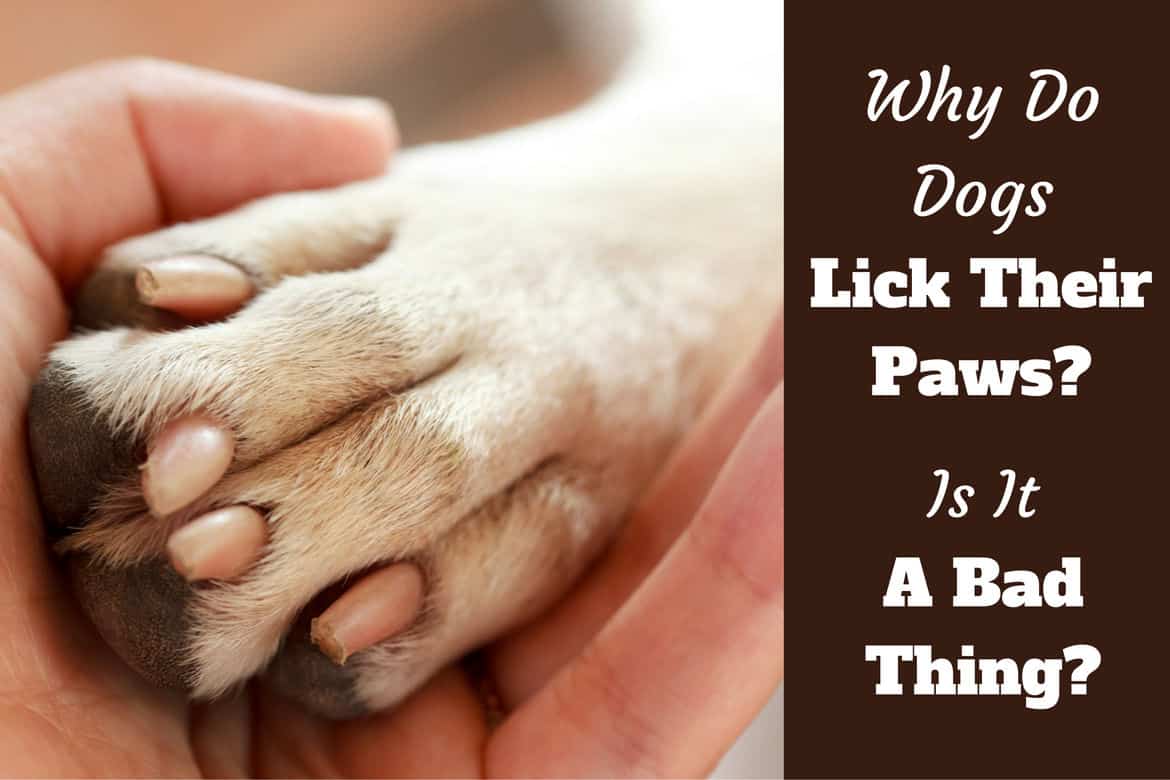
In the vast and often enigmatic landscape of interspecies communication, few gestures are as endearing as the gentle extension of a dog's paw. This seemingly simple act, often accompanied by a soulful gaze, sparks a cascade of questions in the human heart. Why do dogs present us with this offering? What intricate web of instinct, learned behavior, and emotional expression lies beneath this furry overture? This exploration delves into the heart of this canine mystery, seeking to understand the multifaceted reasons behind a dog giving their paw.
Consider the dog, a creature whose evolutionary journey has been inextricably linked with our own. From their ancestral wolfish roots to their current domesticated forms, dogs have evolved to thrive within the human social sphere. This intimate co-existence has shaped their communication, molding it into a nuanced language that blends instinct with learned cues. The offering of a paw, in this context, becomes more than just a physical act; it becomes a bridge between two species, a silent dialogue laden with meaning.
The act of paw-giving can often be traced back to early training. Many dog owners, knowingly or unknowingly, reinforce this behavior through positive reinforcement. When a dog offers a paw, the typical human response involves petting, praise, or perhaps a tasty treat. This creates a powerful positive association, encouraging the dog to repeat the behavior in anticipation of similar rewards. This learned behavior can become deeply ingrained, transforming the simple act of raising a paw into a reliable way for a dog to solicit attention or express a desire.
However, the story doesn't end with learned behaviors. It delves deeper into the realm of canine instinct. Observe dogs interacting with each other. You might witness a subordinate dog lifting a paw towards a more dominant individual, a gesture often interpreted as a sign of appeasement or submission. This suggests that the act of paw-giving might have pre-domestication origins, a relic of canine social dynamics that has persisted through millennia.
Beyond training and instinct, the act of offering a paw can also be viewed through the lens of emotional expression. A dog who offers their paw might be conveying a range of emotions, from affection and excitement to anxiety or appeasement. Context is key here. A paw offered during playtime likely signifies playful engagement, while a paw extended during a thunderstorm might suggest a need for comfort and reassurance. The subtleties of canine body language, including tail wags, ear position, and overall demeanor, provide further clues to deciphering the emotional landscape behind the offered paw.
The importance of understanding this gesture lies in strengthening the human-animal bond. By recognizing the potential motivations behind paw-giving, we can respond more appropriately to our canine companions' needs and desires. This, in turn, fosters a deeper connection, built on mutual understanding and respect.
Three benefits of understanding paw-giving are improved communication, enhanced training, and strengthened bond. Improved communication helps us understand canine needs, while enhanced training can leverage this behavior. Finally, this fosters empathy, strengthening our connection with our dogs.
FAQ's: Why does my dog give me their paw when I come home? Why does my dog give their paw when they want something? Why does my dog lift their paw when I'm petting them? Why does my dog offer a paw during playtime? Does paw-giving mean my dog is happy? Can paw-giving be a sign of stress? How can I encourage my dog to give me their paw? How can I discourage excessive paw-giving?
Tips: Observe your dog's overall body language. Consider the context of the situation. Respond consistently to paw-giving.
In conclusion, the seemingly simple act of a dog offering their paw is a complex tapestry woven with threads of learned behavior, instinctual responses, and emotional expression. By unraveling these threads, we gain a deeper appreciation for the intricacies of canine communication, strengthening the bond we share with our four-legged companions. Understanding the reasons why dogs hand us their paws allows us to respond with greater empathy and sensitivity, enriching our shared lives and solidifying the unique connection between humans and dogs. As we continue to explore the depths of canine communication, we uncover not only the secrets of their behavior but also the profound capacity for connection that exists between two species, bound together by a shared history and a mutual love.
Decoding the algorithm crafting killer tiktok usernames for guys
Choosing the right life jacket for your 2 year old
Navigating the ebt snap application process





:strip_icc()/why-do-dogs-hump-1118299_final-618ca6d647cc4517b66010e77abc2a38.jpg)







